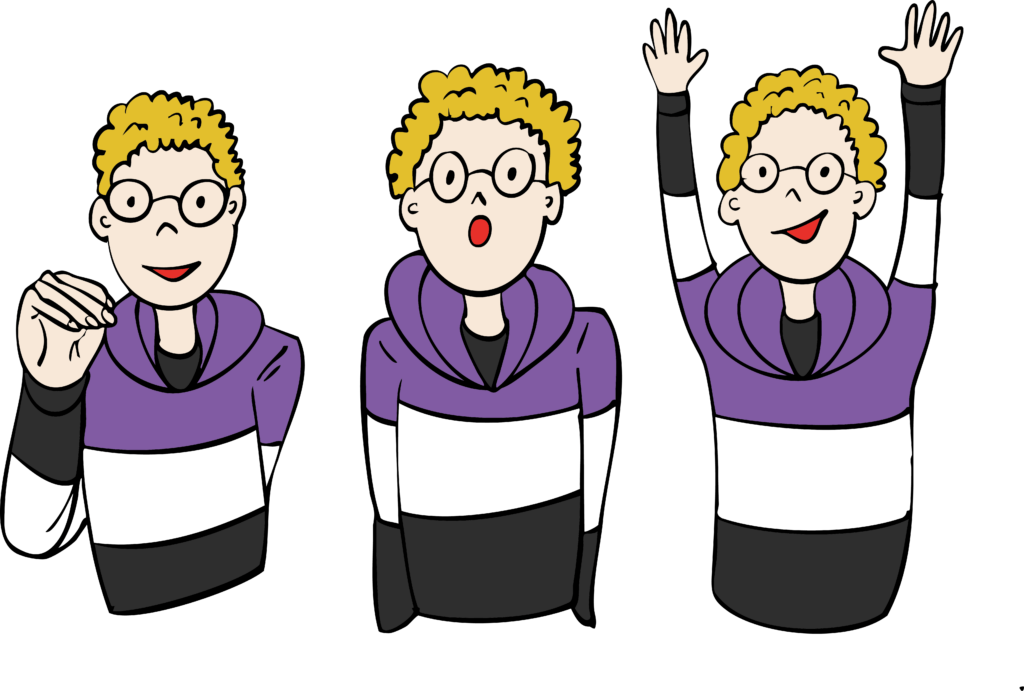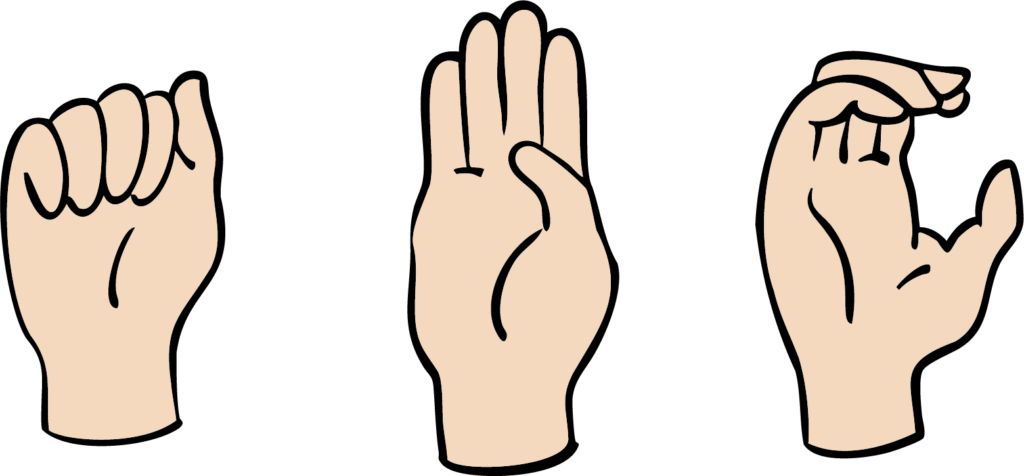Tutorial 1
Making your reading exciting
Shared reading is most successful when the children are paying attention, like the book, can understand you well, and can join in.
Here are some ideas for creating a lively and exciting reading session.

Get the children in the right mood for a reading session
Routine

Begin with a short song. Develop a signing song, sing or play music.

Have a child hold up a reading sign, or ring a bell.

One child could switch on a light – perhaps a torch – to signal the start of the reading session.
Here is an example of a signing song about reading:
Translation:
Come and see, get ready.
It’s time to read!
Open books, see new worlds.
Come on, let’s go on an adventure!

Get the children in the right mood for a reading session

Routine

Begin with a short song. Develop a signing song, sing or play music.

Have a child hold up a reading sign, or ring a bell.

One child could switch on a light – perhaps a torch – to signal the start of the reading session.
Here is an example of a signing song about reading:
Translation:
Come and see, get ready.
It’s time to read!
Open books, see new worlds.
Come on, let’s go on an adventure!
Cuddly toy
Give the cuddly toy a name and let the children touch it.
Change of location
Move to a different location; sit in a reading corner or a circle.


Cuddly toy
Give the cuddly toy a name and let the children touch it.
Change of location
Move to a different location; sit in a reading corner or a circle.
Make your reading exciting and varied
Be expressive
Vary your tone of voice and facial expression. Emphasise emotions with matching tone of voice, signs or facial expressions.
Plan role-play
Expand the stories with dialogue or role-play to aid comprehension and add excitement.
Use objects
Have items related to the story ready: let the children touch them; explain what they are (e.g. leaves from a tree).
Connect words and pictures
Encourage children to connect signs and words with the pictures, or demonstrate the connection yourself.



Use objects
Have items related to the story ready: let the children touch them; explain what they are (e.g. leaves from a tree).
Connect words and pictures
Encourage children to connect signs and words with the pictures, or demonstrate the connection yourself.

Ensure comprehension during the reading session

Make sure that deaf and hard of hearing children are watching you while you are signing or speaking.

Use a ‘sandwich’ technique: Show the children the pictures, then make sure they are watching you before you read. When you have read a passage, show the children the pictures again.

Sign or speak clearly and slowly. Take breaks to enable the children to process what they have seen or heard.


Sit, or stand, still while you are reading. Don’t move around the room.

Introduce character names.

Write them down for everyone to see or develop sign names with the children.

You could fingerspell a name together.


Check regularly whether the children can follow the story. Ask if they can see and hear you well. Many deaf and hard of hearing children are used to not understanding things, and may not ask. Observe the children and support their comprehension with pictures, questions or summaries.

If a child does not understand what you have read, repeat sentences using different signs or words, explain difficult sections, shorten long sentences and use simple signs or your own words.



Tasks
Tasks

Together with the children, develop a reading session starting routine.

Put variety into your reading, concentrating fully on it.

Select and implement some of the tips for ensuring comprehension, and take note of what works.
